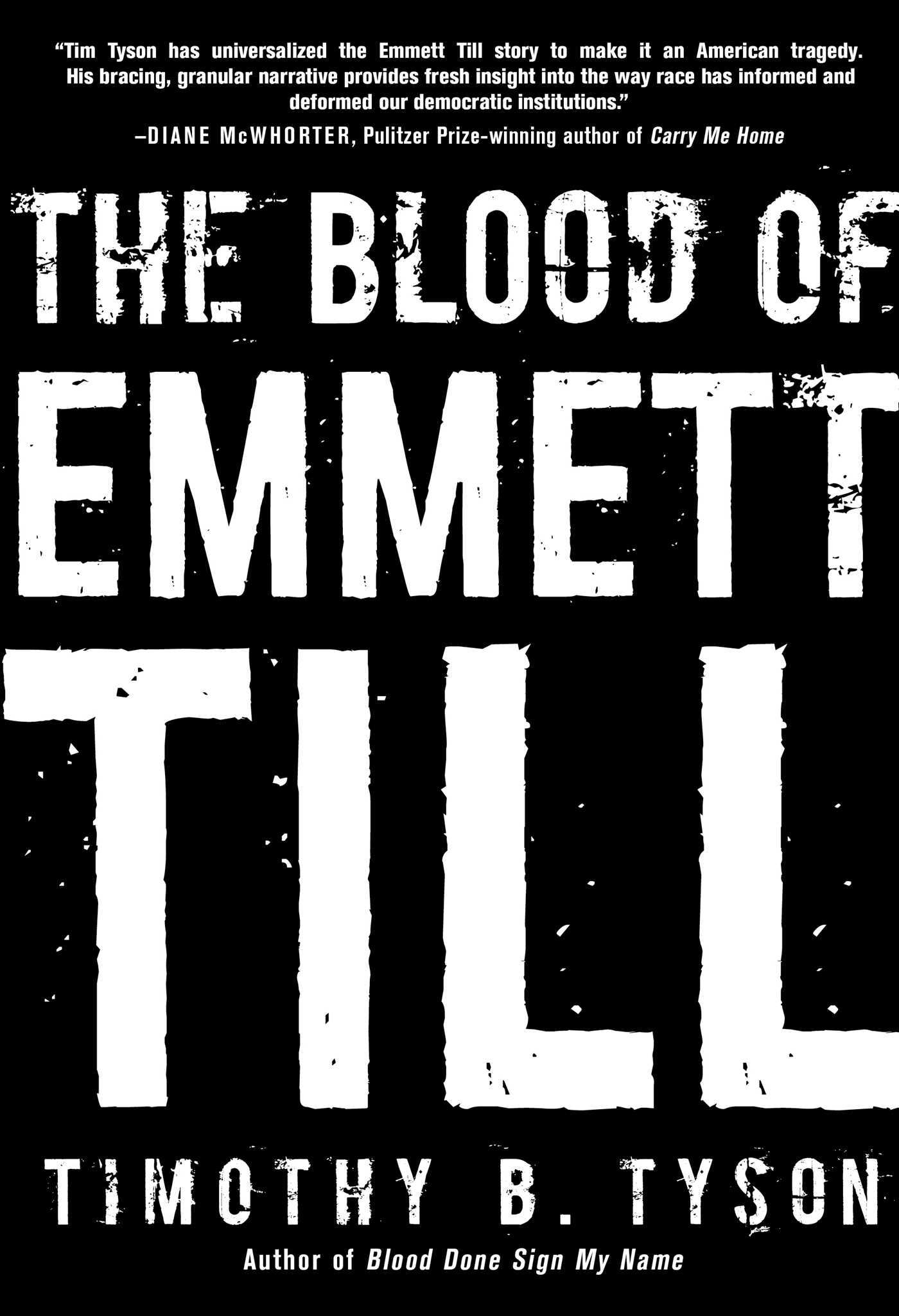What do you think?
Rate this book


305 pages, Hardcover
First published January 31, 2017
"We cannot transcend our past without confronting it."

"How do you give a crash course in hatred to a boy who has only known love?"
-- Mamie Till, mother of Emmett Till

"Nothing that boy did could ever justify what happened to him."
"As long as I live and can do anything about it, n** are going to stay in their place. N** ain't gonna vote where I live. If they did, they'd control the government. They ain't gonna go to school with my kids. And when a n** even gets close to mentioning sex with a white woman, he's tired o' livin'. I'm likely to kill him."Interviews showed later that none of the jurors ever doubted that Milam and Bryant were guilty, but they simply didn't consider the murder of a black boy who insulted a white woman to be a crime.
"I took the privacy of my own grief and turned it into a public issue, a political issue, one which set in motion the dynamic force that ultimately led to a generation of social and legal progress for this country."


"That we blame the murderous pack is not the problem; even the idea that we can blame the black boy is not so much the problem, though it is absurd. The problem is why we blame them: we do so to avoid seeing that the lynching of Emmett Till was caused by the nature and history of America itself and by a social system that has changed over the decades, but not so much as we pretend. [...]
Ask yourself whether America's predicament is really so different now. [...]
We are still killing black youth because we have not yet killed white supremacy."

